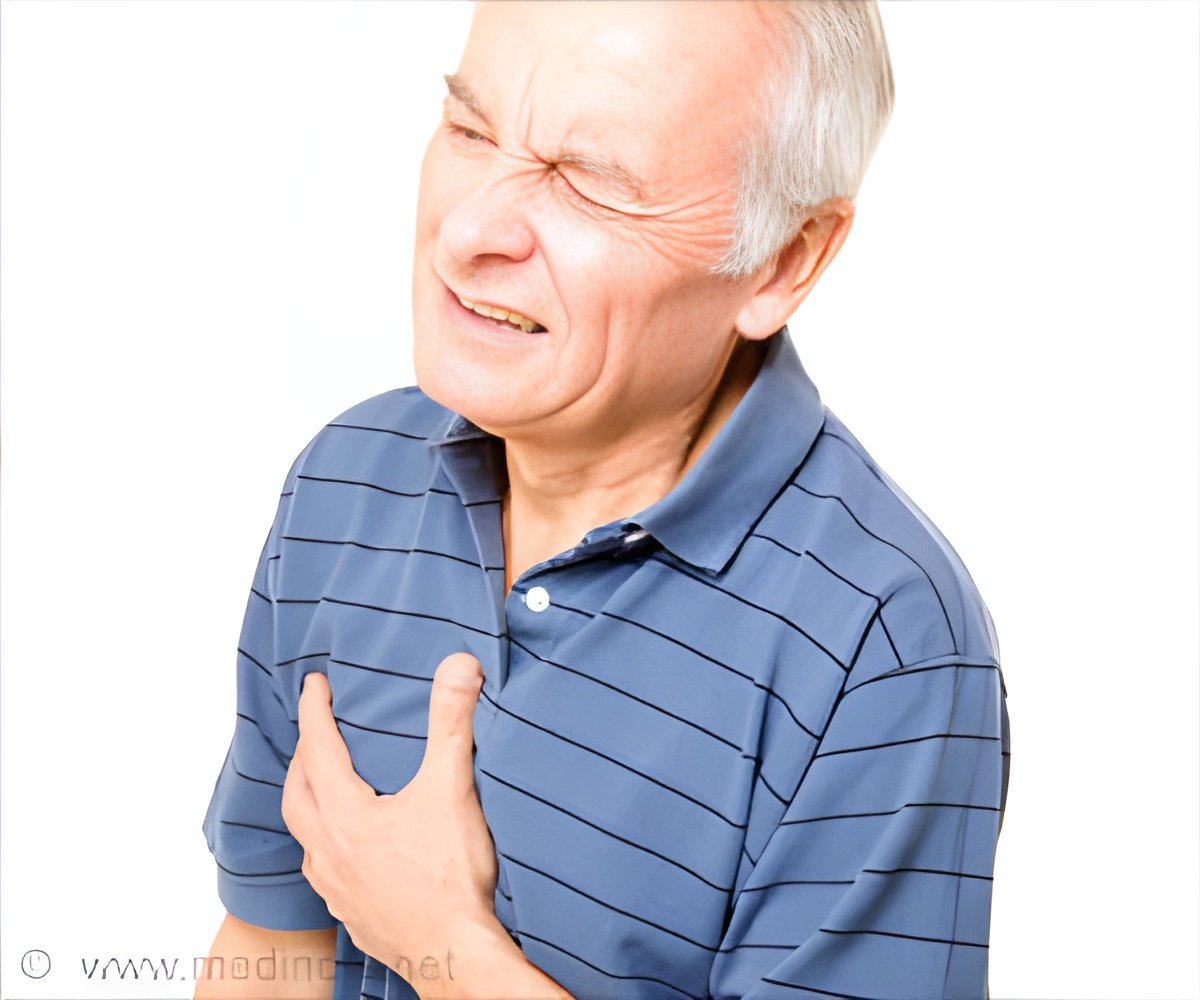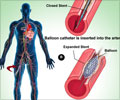
‘Heart muscle cells - also called cardiomyocytes - play an important role in the intracellular communication after a heart attack. ’
Tweet it Now
Heart recovery In other words, insight into the recovery of the heart after a heart attack and how this leads to the formation of scar tissue is extremely important. However, much is still unknown. Reason enough for researchers from the lab of Eva van Rooij to examine this further.
They studied how the hearts of mice recover at three different time points following a heart attack. To this end, they used single cell sequencing, a technique that enables the examination of the RNA of individual cells.
The researchers generated an enormous dataset with information about the role of different types of cells during the recovery process after a heart attack.
Communication network
Advertisement
These molecules then trigger the recipient cell to take a specific action, which may be important for the recovery process. We have now mapped with great detail how different cells communicate with each other at different time points after a heart attack.
Advertisement
Formation of scar tissue
Especially the role of cardiomyocytes in the recovery following a heart attack was still largely unknown, partly because of technical difficulties. However, another recent paper from Van Rooij's lab solved these obstacles, allowing the researchers to specifically study the function of cardiomyocytes in the recovery process.
"We noticed that at the earliest time point measured after the heart attack, cardiomyocytes were secreting increased amounts of a molecule called B2M. Subsequent experiments showed that the secretion of B2M can result in the activation of so-called fibroblasts - cells responsible for the formation of scar tissue," says Timmer.
Cardiomyocytes thus seem to indirectly stimulate the production of scar tissue early in the recovery process. "Intuitively, we already thought that cardiomyocytes play an important role in intracellular communication during heart recovery and it is great that we have now been able to confirm that."
Improve recovery process
When asked about the next steps within this field of research, Timmer emphasizes the importance of additional studies. "Various scientists and experts can use this data, which enables us to gain a better understanding of the cells and molecules that are involved in the recovery of the heart and the way they communicate with each other. Hopefully, we can eventually improve the recovery process, so that people end up with less damage after a heart attack."
Source-Eurekalert















